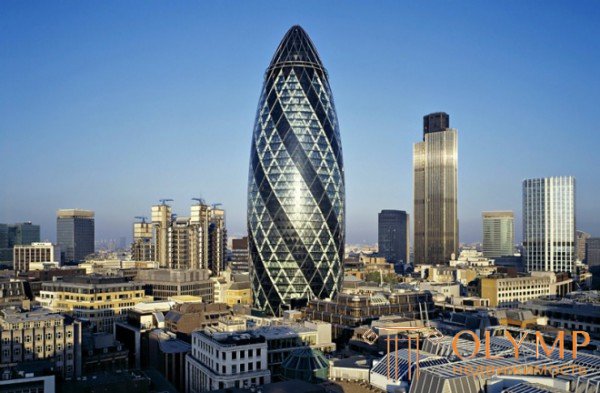

Bio-tech is the youngest direction in architecture. It appeals to natural forms as opposed to high-tech, which prefers strict elements of cubism and constructivism for development.
This style is so modern that so far it has been defined only at the level of manifestos and exists in the form of separate objects, which, repeating natural, natural forms and constructions, tend to be organic with nature.
Bio-tech as an architectural style has evolved from the applied science of bionics, whose adherents are looking for answers to nature in order to solve complex technical problems. Leonardo da Vinci used the same principles: he observed birds when he embodied the idea of an aircraft with flapping wings (ornithoptera).
Architectural and construction bionics (one of the directions of bionics) studies the laws of the formation and structure formation of living tissues, and also analyzes the constructive systems of living organisms on the principle of saving energy, material and ensuring reliability.
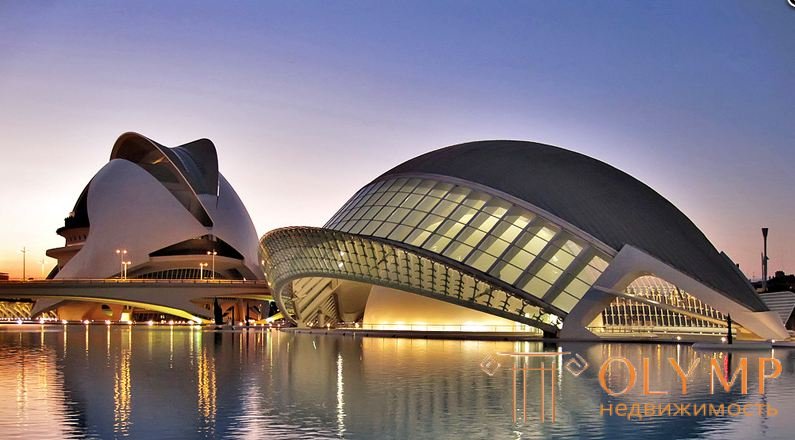
A vivid example of architectural and construction bionics is a perfect analogy of modern high-rise buildings and the structure of cereal stems that are able to withstand heavy loads under the weight of inflorescences. If the wind bends them to the ground, they quickly restore their upright position. What's the secret? It turns out that their structure is identical to the construction of modern high-rise factory pipes, which are considered one of the latest achievements of engineering thought. In general, the followers of bionics claim that most of the newest inventions of man are already embodied by nature, and humanity can endlessly draw ideas for development - the experience of Leonardo Vinci, who observed birds, designing aircraft, is usually cited.
Bio-tech is not so much applied as a philosophical concept, the meaning of which is to create a new space for human life as a creation of nature, combining the principles of biology, architecture and engineering. Therefore, objects built in this style are often completely environmentally friendly - it assumes that buildings will become a natural continuation of nature, not in conflict with it.
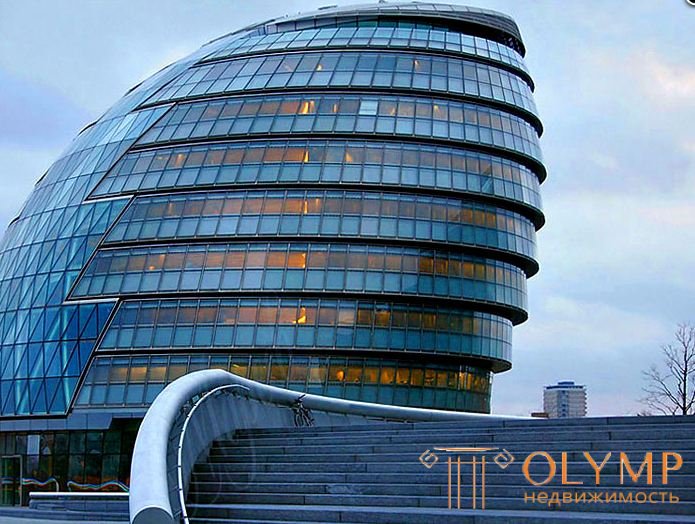
The most famous architects who designed bio-tech buildings were Santiago Calatrava, Ken Young, Greg Lynn, Fry Otto, Michael Sorkin, Jan Kaplitsky, Nicholas Grimshaw, and Norman Foster. Most often they soda public buildings, such as the City of Arts and Sciences in Valencia, the National Space Center of Great Britain, the London "Cucumber", the Milwaukee Art Museum. The problem of implementing bionic ideas in residential buildings is that direct copying of natural forms is impossible, since non-functional zones are formed in the architectural structure. The desire to combine aesthetics and economy pose many questions to the leading architects of this style, some of which are solved literally in the construction process.
Bio-tech-style buildings are often asymmetrical, shaped like cocoons, trees, a spider web - everything that is found in wildlife. You can find buildings that follow the contours of eggs or house designs that look like mollusk shells. At the same time, natural forms are borrowed in different ways:
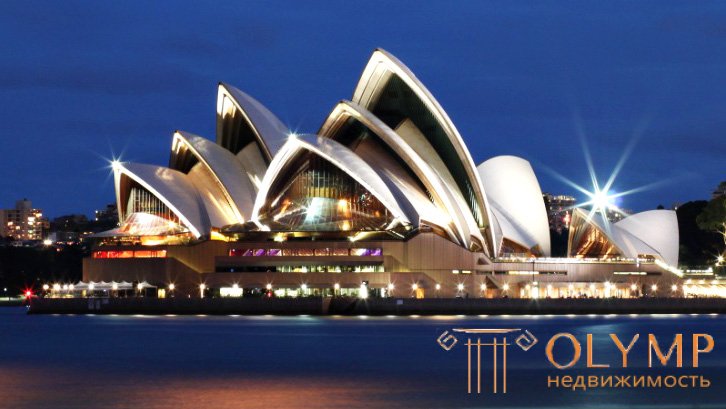
Bionic architecture in its further development seeks to create eco houses, energy efficient and comfortable buildings with independent life support systems. The design of such a house provides a complex of engineering equipment. Solar panels, rainwater collectors are installed in the buildings, terraces with greenery are installed, natural lighting and ventilation are installed. Ideally, the home of the future is an autonomous, self-sustaining system that fits well into the natural landscape and exists in harmony with nature. The bionic style is equivalent in its content to the concept of “ecoarchitecture” and is directly related to ecology.
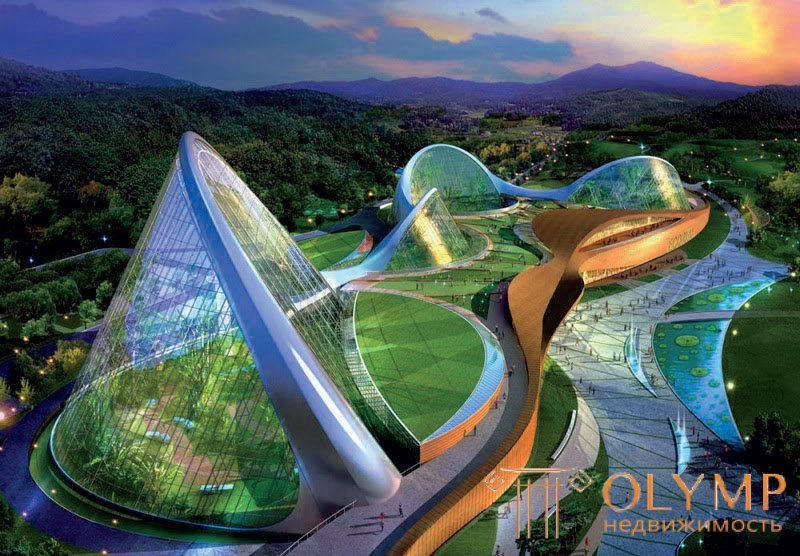
Что бы оставить комментарий войдите
Комментарии (0)